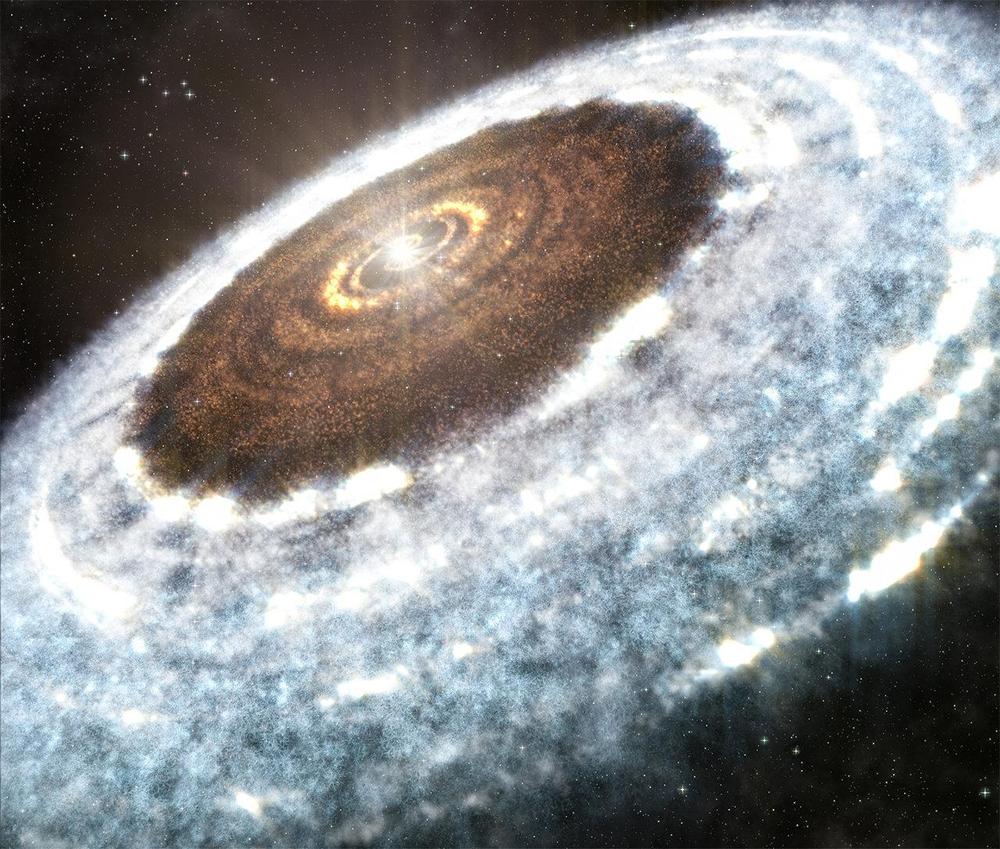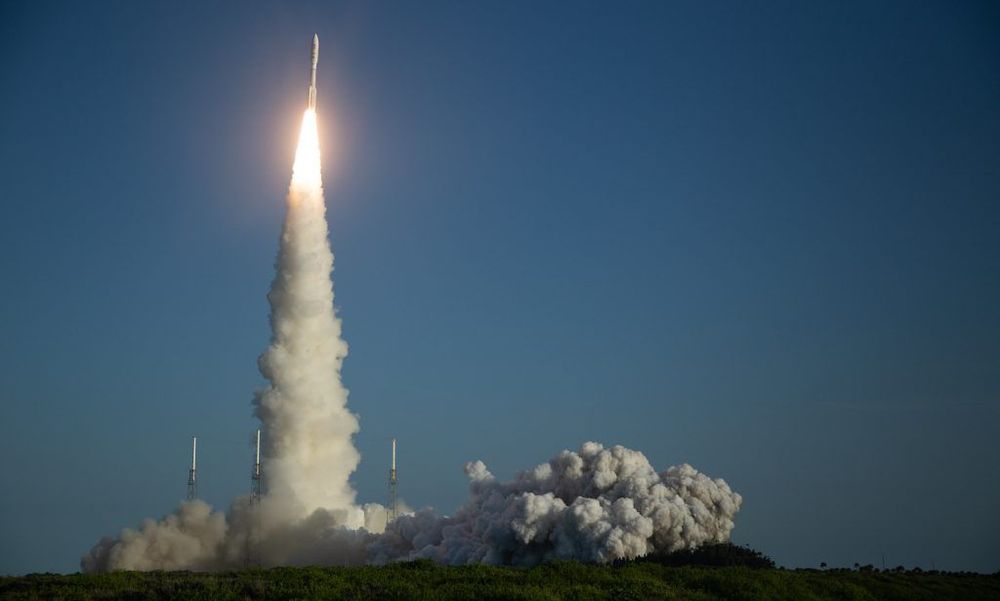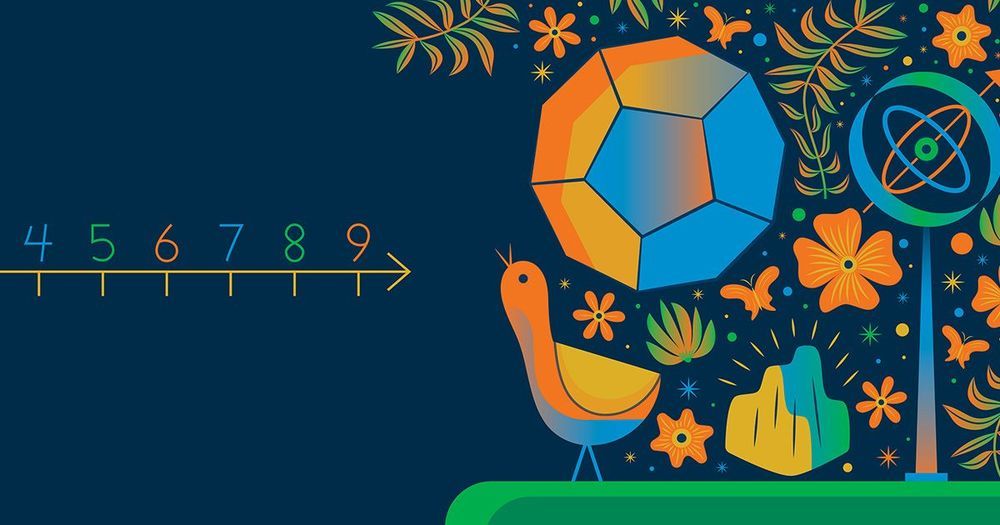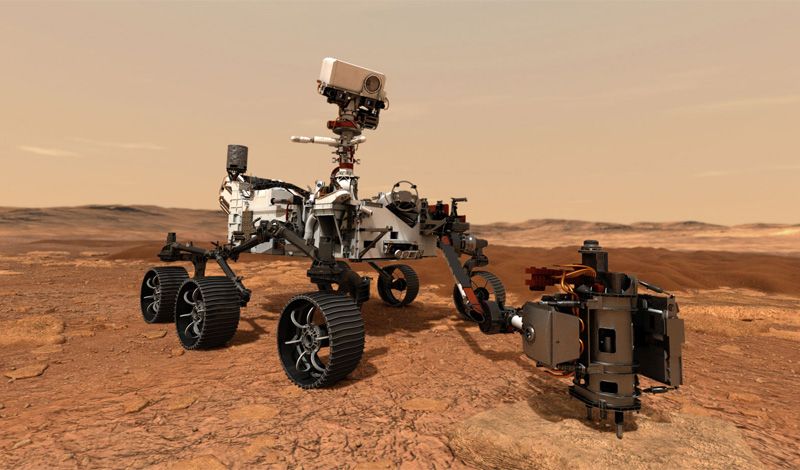What are some skywatching highlights in August 2020? 🔭
You can see the Moon posing with various planets throughout the month, and catch the peak of the annual Perseid meteor shower. Find out when and where to look up: https://youtu.be/fuuUbYjN9Oo
What are some skywatching highlights in August 2020? 🔭
You can see the Moon posing with various planets throughout the month, and catch the peak of the annual Perseid meteor shower. Find out when and where to look up: https://youtu.be/fuuUbYjN9Oo


A timelapse of Curiosity Rover hi-res selfies from 2012 to 2020. You can notice how the machinery is getting older over the years. We combined these selfies with the sound of the Mars Atmosphere taken by NASA Insight lander. Enjoy this mesmerizing experience.
Did you know NASA’s Perseverance Mars Rover and the first NASA Mars helicopter were both named by students?
After sorting through more than 28,000 submissions, the names were chosen by a panel of judges. Perseverance and Ingenuity represent qualities that humans need to explore space.
Meet the students behind their names: https://youtu.be/jJG14ZtoNh4 #CountdownToMars

The team controlling NASA’s Mars 2020 Perseverance rover has received telemetry (detailed spacecraft data) down from the spacecraft and has also been able to send commands up to the spacecraft, according to Matt Wallace, the mission’s deputy project manager. The team, based at NASA’s Jet Propulsion Laboratory in Southern California, has confirmed that the spacecraft is healthy and on its way to Mars.
Wallace provided a more detailed update on two issues during launch operations:
First, the proximity of the spacecraft to Earth immediately after launch was saturating the ground station receivers of NASA’s Deep Space Network. This is a known issue that we have encountered on other planetary missions, including during the launch of NASA’s Curiosity rover in 2011. The Perseverance team worked through prepared mitigation strategies that included detuning the receivers and pointing the antennas slightly off-target from the spacecraft to bring the signal within an acceptable range. We are now in lock on telemetry after taking these actions.


At the heart of every white dwarf star—the dense stellar object that remains after a star has burned away its fuel reserve of gases as it nears the end of its life cycle—lies a quantum conundrum: as white dwarfs add mass, they shrink in size, until they become so small and tightly compacted that they cannot sustain themselves, collapsing into a neutron star.
This puzzling relationship between a white dwarf’s mass and size, called the mass-radius relation, was first theorized by Nobel Prize-winning astrophysicist Subrahmanyan Chandrasekhar in the 1930s. Now, a team of Johns Hopkins astrophysicists has developed a method to observe the phenomenon itself using astronomical data collected by the Sloan Digital Sky Survey and a recent dataset released by the Gaia Space Observatory. The combined datasets provided more than 3,000 white dwarfs for the team to study.
A report of their findings, led by Hopkins senior Vedant Chandra, is now in press in Astrophysical Journal and available online on arXiv.

United Launch Alliance teams have started the countdown for launch of an Atlas 5 rocket Thursday from pad 41 at Cape Canaveral Air Force Station with NASA’s Mars 2020 Perseverance rover. The two-hour launch window opens at 7:50 a.m. EDT (1150 GMT).
LIVE COVERAGE: https://spaceflightnow.com/2020/07/28/atlas-5-av-088-mission-status-center/